Zinc Chloride 97%
Description:
Zinc Chloride (ZnCl₂) is a white or slightly grey crystalline solid that is highly soluble in water, alcohol, and glycerol. It is a corrosive and hygroscopic compound that readily absorbs moisture from the air. Zinc chloride is widely used in chemical manufacturing, galvanizing, textile processing, and as a flux in metalworking.
Uses:
-
Chemical industry: Catalyst in organic synthesis, dehydrating agent, and intermediate for zinc-based compounds.
-
Metallurgy: Used as a flux for soldering and galvanizing to remove oxides from metal surfaces.
-
Textiles: Employed in fabric treatment and textile finishing processes.
-
Batteries: Electrolyte component in dry-cell (Leclanché) batteries.
-
Water treatment: Used as a disinfectant and deodorant in specific formulations.
-
Wood preservation: Ingredient in preservative solutions to protect timber from decay and insects.
Hazards
Hazards & Safety:
⚠️ Danger
Zinc Chloride is corrosive and toxic if swallowed or inhaled. It can cause severe irritation or burns to the skin, eyes, and respiratory tract.
GHS Hazard Classification:
-
H290: May be corrosive to metals.
-
H302: Harmful if swallowed.
-
H314: Causes severe skin burns and eye damage.
-
H332: Harmful if inhaled.
-
H335: May cause respiratory irritation.
Precautionary Statements:
-
P260: Do not breathe dust or fumes.
-
P280: Wear protective gloves, clothing, and eye/face protection.
-
P301+P330+P331: IF SWALLOWED: Rinse mouth. Do NOT induce vomiting.
-
P305+P351+P338: IF IN EYES: Rinse cautiously with water for several minutes; remove contact lenses if present and easy to do.
-
P310: Immediately call a POISON CENTER or doctor.
Storage & Handling:
-
Store in tightly sealed containers in a cool, dry, well-ventilated area.
-
Keep away from moisture, strong bases, and oxidizing agents.
-
Avoid contact with metals to prevent corrosion.
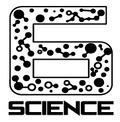
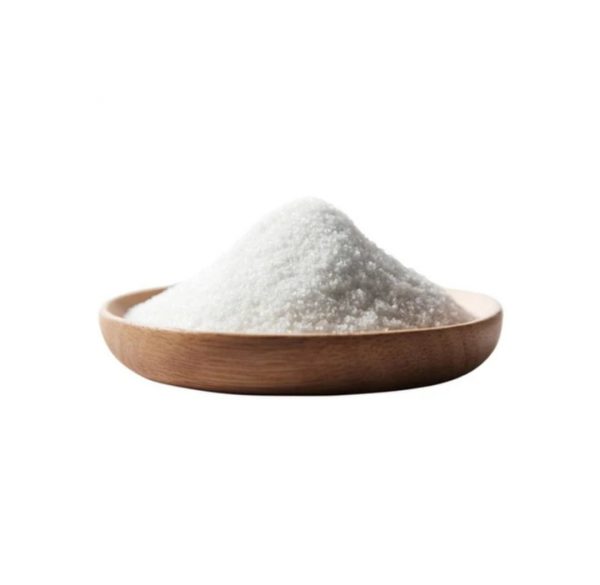
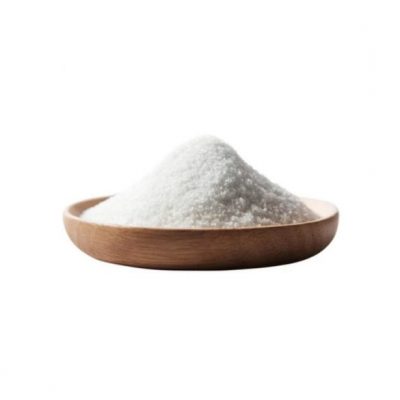
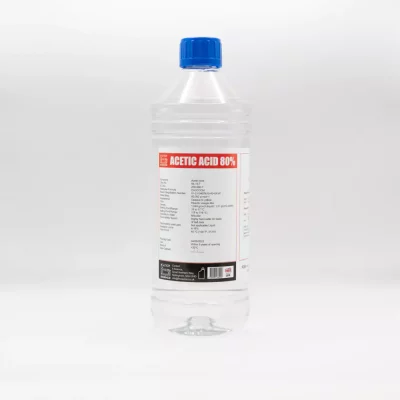
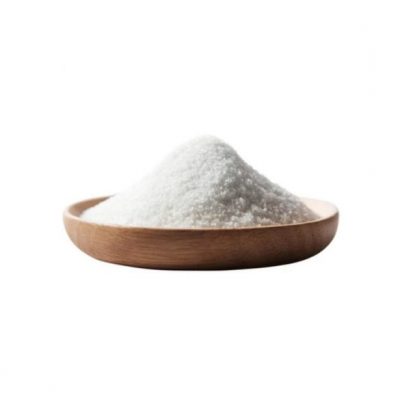
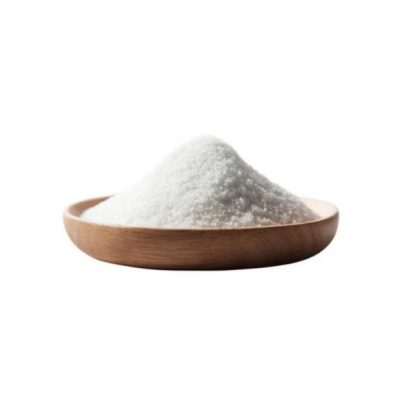
Reviews
There are no reviews yet.